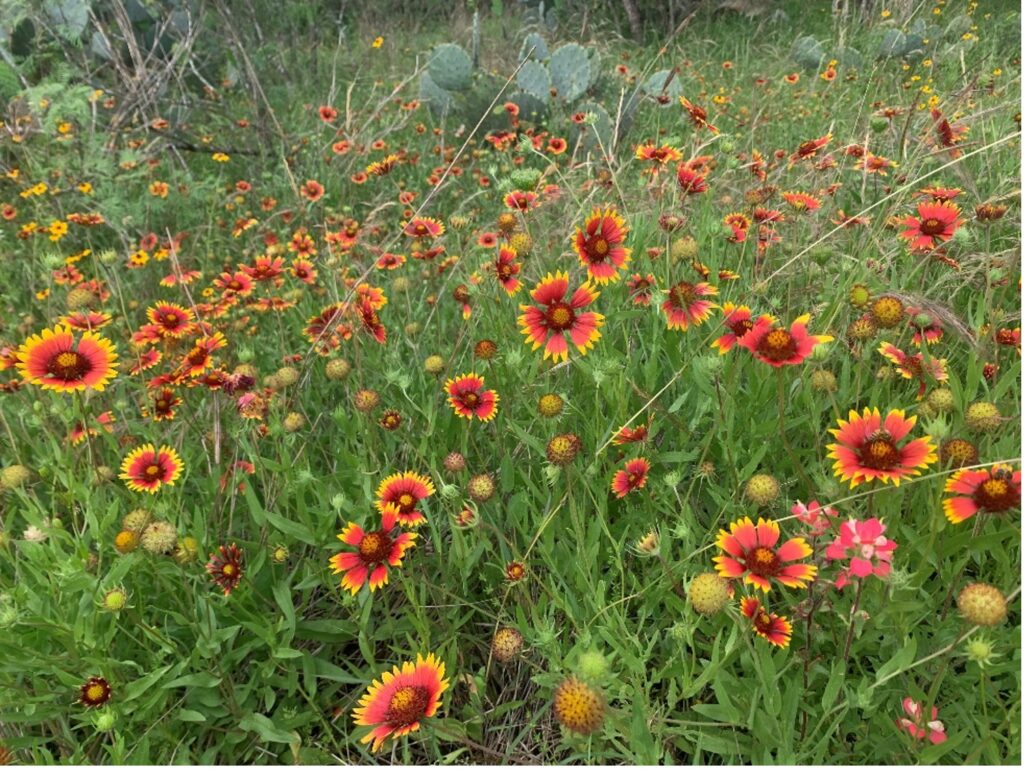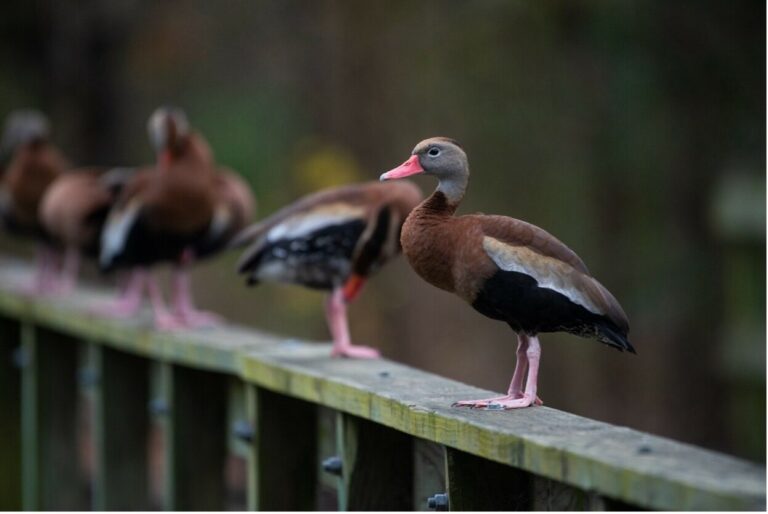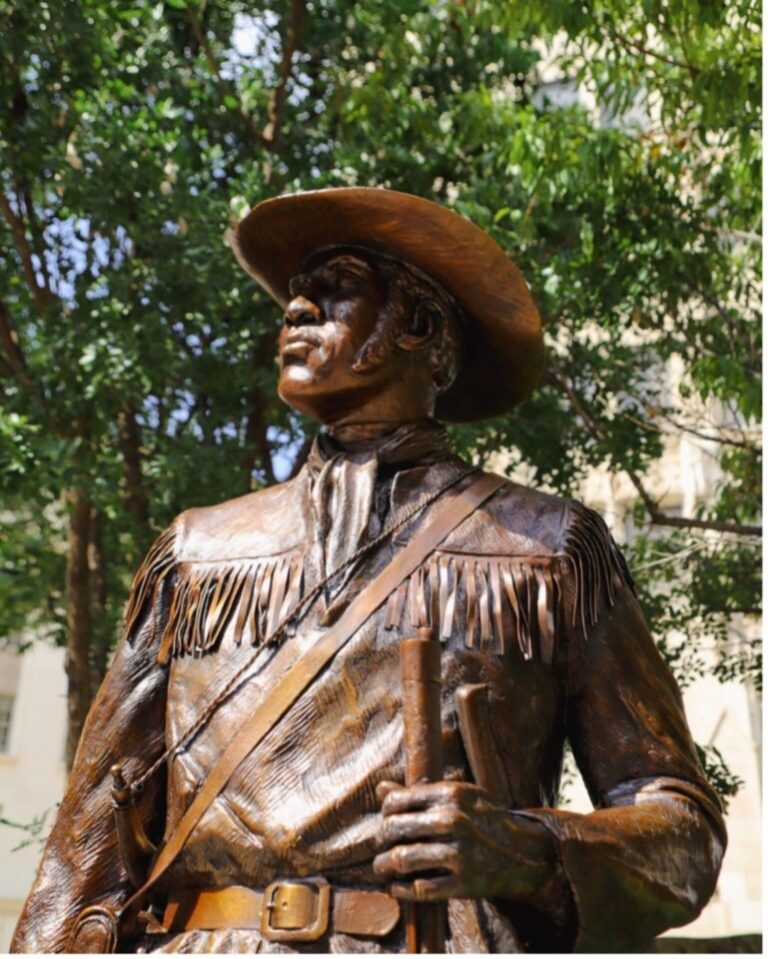Última actualización el 4 de febrero de 2025
¿Has oído hablar de “No Mow May”? Esta iniciativa natural fue conceptualizada para propietarios de viviendas y administradores de tierras, especialmente en áreas urbanas y altamente desarrolladas, para aumentar los beneficios del ecosistema con un trabajo mínimo. No Mow May fue iniciado en el Reino Unido por una organización sin fines de lucro llamada Vida vegetal. En los últimos años, se ha expandido a comunidades de Estados Unidos. ¿Participar en No Mow May puede ayudar a la salud de nuestra vida silvestre y ecosistemas en el Cuenca del río San Antonio?
Existen algunas diferencias clave entre el país de origen de la iniciativa y nuestro clima y geografía del centro-sur de Texas. La principal de estas diferencias es el inicio y el final de nuestra temporada de crecimiento, que generalmente es bastante más temprano y se extiende un poco más tarde de lo que normalmente se experimenta en la temporada de crecimiento del Reino Unido. Tampoco llueve tanto, incluso en años más húmedos.
Por lo tanto, ¿es factible No Mow May para los habitantes urbanos y los administradores de propiedades y tierras de nuestra cuenca fluvial? ¡Podría ser! Los beneficios de evitar el corte estacional incluyen 1) floraciones más largas y abundantes, 2) mejor control de inundaciones o filtración de aguas pluviales, 3) hábitat y áreas de alimentación para aves, y 4) permitir que las flores produzcan semillas para el próximo año. ¡Lo increíblemente genial de esta idea es que es buena tanto para la vida silvestre como para las personas! Sin embargo, existen algunos inconvenientes potenciales y se necesitan modificaciones alternativas para adaptarlo mejor a nuestras plantas, animales y clima de Texas.
girasol común
El mayor inconveniente de Low Mow May es la prevalencia de plantas no autóctonas en los jardines de muchas personas. Las plantas exóticas pueden ser dañinas para nuestros ecosistemas y podrían obtener una ventaja más significativa si no se cortan. Las plantas nativas son fundamentales para un ecosistema saludable porque se adaptan mejor a nuestros suelos, temperaturas extremas y patrones húmedos y secos. También han evolucionado para apoyar mejor nuestra vida silvestre local. Si no cortamos ni manejamos de otra manera un área que tiene plantas no nativas, entonces éstas podrán reproducirse más fácilmente y desplazar aún más a las plantas nativas. Sin embargo, si tienes plantas nativas, ¡muestra tu orgullo de Texas y déjalas crecer!
Cómo participar en No Mow May
Si no está seguro de qué hay en su jardín, considere dejar una parte para que crezca sin cortarla y vea qué cobra vida. Es posible que descubras que tienes plantas nativas como girasoles comunes, margaritas rezagadas, petunias nativas, y araña que surgen sin necesidad de cuidados adicionales. ¡A su vez, brindarán atención adicional a los pájaros, mariposas y abejas cercanas!
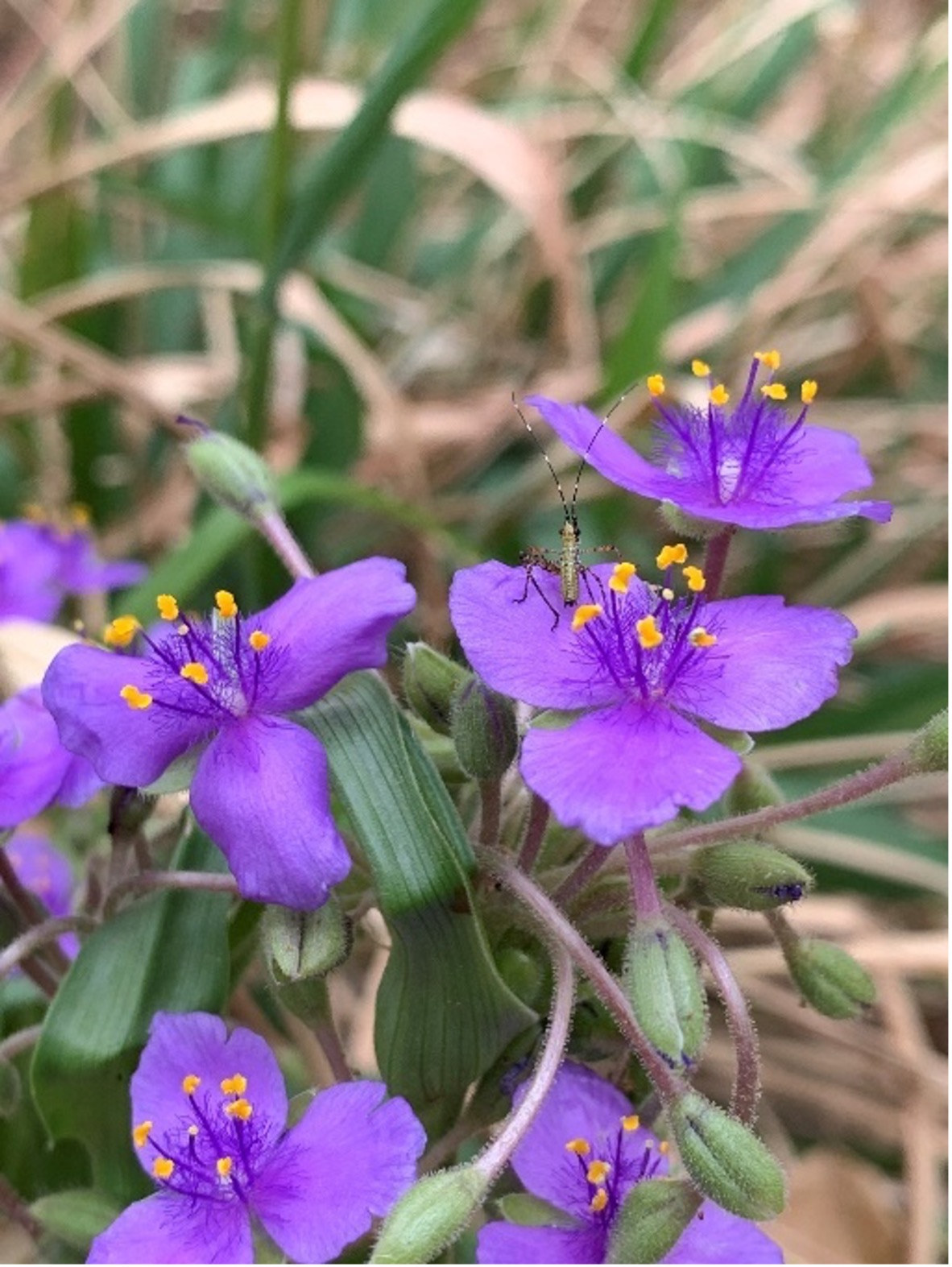
araña
¿No eres experto en plantas? ¡Ningún problema! A continuación, enumeramos algunos recursos locales excelentes para ayudarlo a crear hábitats para polinizadores, cuidar a los nativos o realizar pequeños cambios en su jardín o propiedad que puedan ayudar a aumentar la resiliencia de su ecosistema ante sequías e inundaciones.
Otra alternativa a No Mow May es cambiar la frecuencia de corte y/o la altura de corte. No cortar el césped en marzo y abril en lugar de mayo prolongaría la floración de flores silvestres nativas a principios de primavera como capuchones azules, mantas indias (también conocido como "molinete de fuego"), malva copa de vino, amapolas espinosas, falsa flor del día, onagra rosa, ¡y otros! Abril ha sido designado como Mes Nacional de las Plantas Nativas – ¡Qué gran manera de rendir homenaje! Abstenerse de cortar el césped durante estos meses también ayuda a las flores que se están preparando para florecer (¡o que continúan floreciendo!) en el verano, como las flor de cesta americana, Estrella amarilla de Texas, equináceas, bálsamo de abejas, araña escarlata, ¡y muchos más!
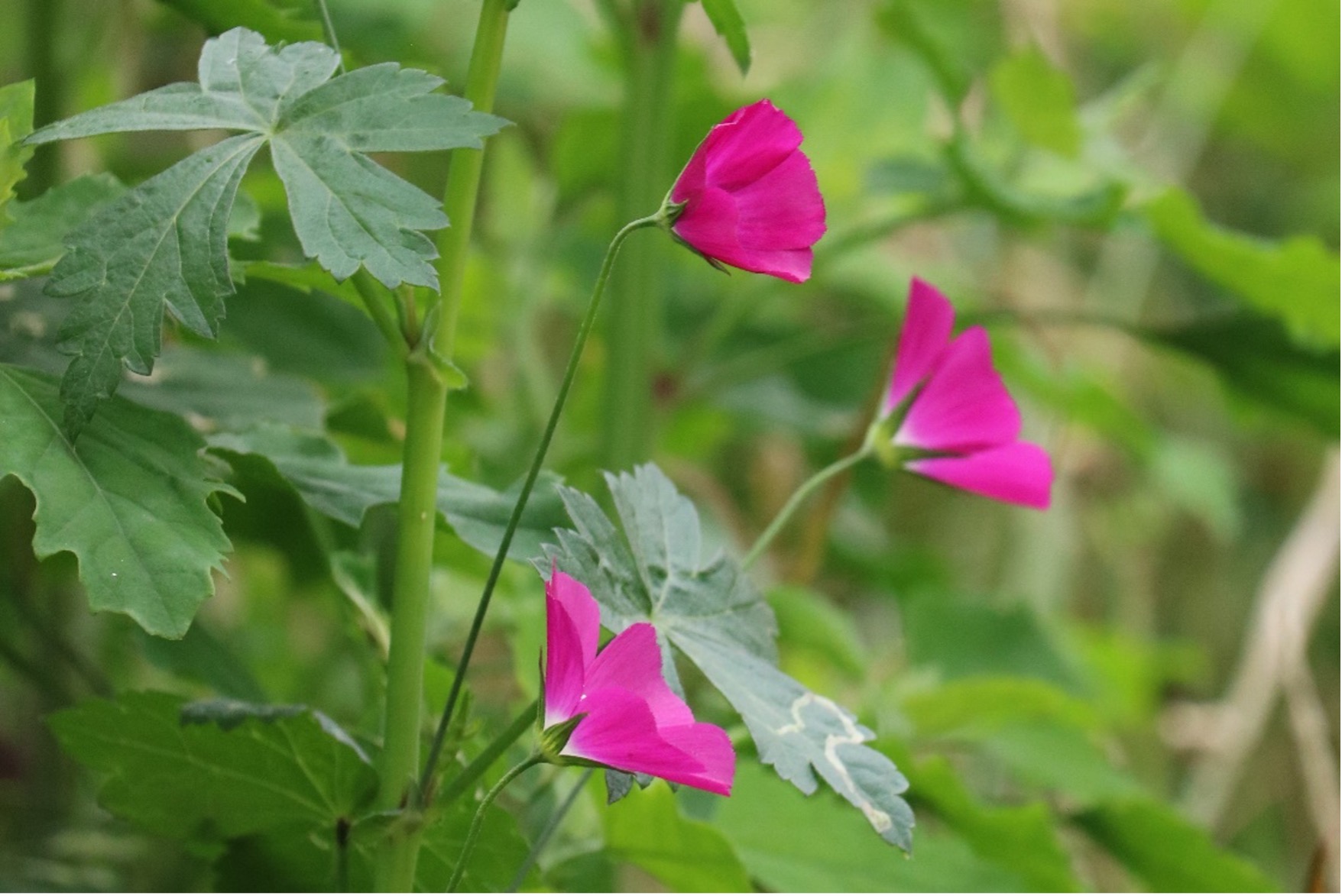
malva copa de vino
Marzo y abril son meses críticos para especies migratorias también. Nuestra cuenca es una parada esencial para muchas aves e insectos como las mariposas monarca en su viaje anual a través de la Ruta Migratoria Central. Todos estos animales necesitan refugio, agua y fuentes de alimento como semillas, insectos o néctar. Dejando flores de principios de primavera como paja y margarita rezagada, ambas “malezas” nativas comunes en nuestra área, pueden ser un recurso esencial para ellos.
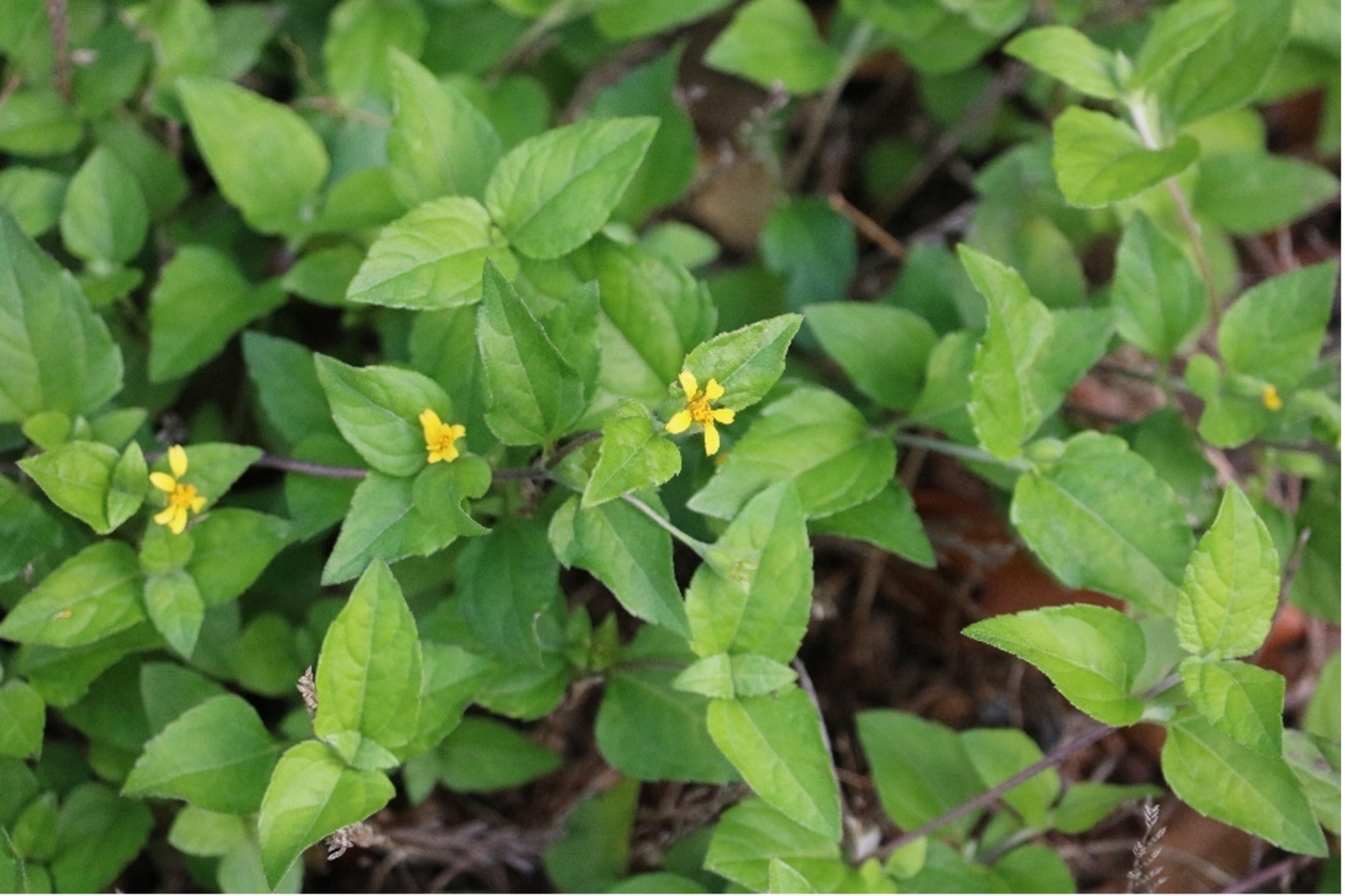
Margarita rezagada
Si prefiere un aspecto más ordenado, una buena alternativa es cortar el césped un poco más alto. Dejar su césped, independientemente de las especies nativas, con una altura de aproximadamente 3 pulgadas puede hacerlo más resistente al calor de Texas (léase: menos marrón y sediento) cuando el clima se vuelve cálido y seco (y permanece caliente y seco). Un corte más alto significa menos riego ya que el suelo está ligeramente sombreado y potencialmente menos malezas. También permite que las aves busquen semillas e insectos en el pasto un poco más alto, ¡eso suena como una situación beneficiosa para todos!
¿Qué pasa con mi Asociación de Propietarios (HOA)?
Si participar en No Mow May suena más como una quimera debido al escrutinio de la Asociación de Propietarios de Viviendas (HOA), le alegrará saber más sobre Proyecto de ley del Senado 198. Aprobado en 2013, este proyecto de ley permite a los propietarios plantar plantas nativas y tomar otras medidas para reducir el uso y el desperdicio de agua, al tiempo que promueve un jardín tolerante a la sequía y al calor. Es posible que aún se requiera que los propietarios presenten planes y cumplan con ciertas reglas establecidas por su HOA, pero una HOA no puede prohibir a sus residentes plantar plantas nativas, xerojardinería, instalar barriles de lluvia, etc.
¡Otra opción a considerar para jardines de apariencia más ordenada es reemplazar el césped no nativo con pastos nativos cortos! hierba de búfalo (Bouteloua dactyloides, no hierba de Guinea), mezquite rizado, y gramo azul Son sólo tres ejemplos de pastos nativos que permanecen relativamente cortos y no necesitan riego una vez establecidos. Estos pastos son nativos resistentes de Texas, tolerantes a la sequía y pueden proporcionar algunos beneficios ecológicos incluso cuando se cortan.
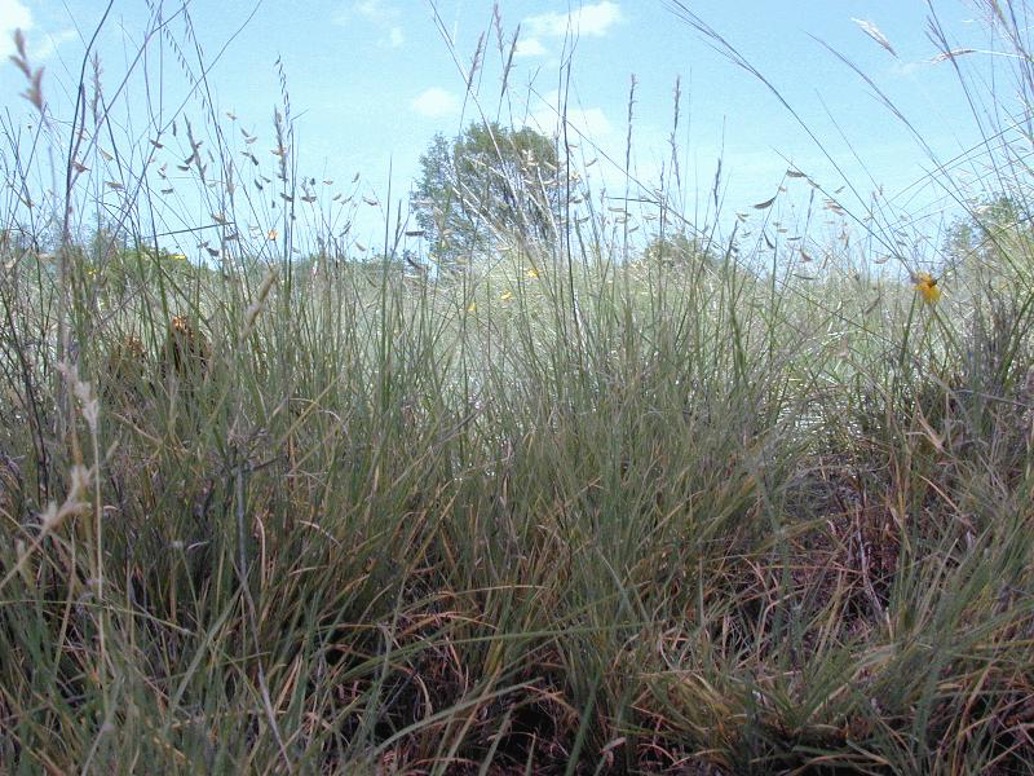
Hierba de mezquite rizada
No Mow May puede beneficiar a su comunidad y a la cuenca del río San Antonio, incluso con un enfoque adaptado al sur de Texas. ¡Permita que sus flores nativas florezcan y deje sus semillas para el próximo año y para los pájaros durante el otoño y el invierno! A su vez, las abejas nativas también pueden anidar en los tallos muertos. ¡Cortar el césped con mayor o menor frecuencia podría producir un toque sorpresa de color nativo de Texas y recursos polinizadores en su jardín! También podría darle un aspecto más exuberante con menos riego. Cuando regamos menos, las raíces crecerán hacia afuera y hacia abajo en busca de humedad, lo que en última instancia las hará más resistentes a las sequías e inundaciones, dos pináculos de los extremos de Texas.
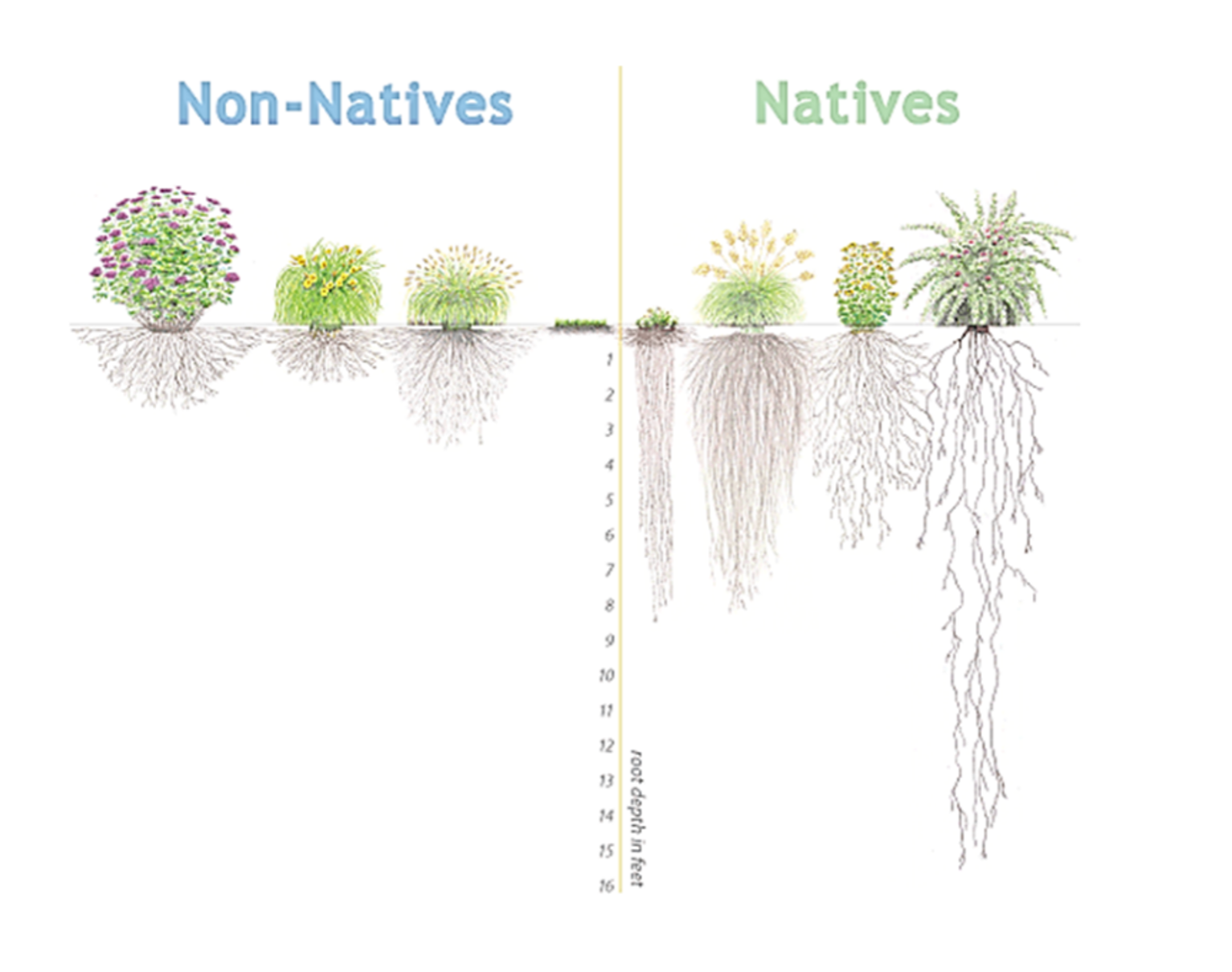
Las estructuras de las raíces de especies de plantas nativas versus no nativas. ¡Tenga en cuenta que apenas se pueden ver las raíces del césped no nativo! Foto cortesía del Consejo Regional Mid-America
¡Aproveche los expertos locales (consulte nuestra lista de recursos a continuación) y deje que sus flores florezcan! ¿Qué espera ver florecer en su jardín y jardines de lluvia este verano?
No Mow May y lista de recursos de plantas nativas
Identificando tus plantas
Aplicaciones prácticas de gestión para su jardín/propiedad
- Blog de River Authority: Las mejores plantas para las aves
- SIERRAS Estilo Jardín: Aprenda qué plantas de xeriscape son nativas y no nativas en este recurso.
- Educación sobre paisajismo de extensión AgriLife
Aprenda de la comunidad de nativos/amantes de la naturaleza.
- Sociedad de plantas nativas de Texas
- Programa Maestro Naturalista de Texas - Capítulo del Área de Álamo
- Asociación de praderas nativas de Texas
- Rancho de mariposas de Texas
Vivero de plantas nativas/fuentes de semillas
¡Únase a una red más extensa de personas con mentalidad ambiental!
- Parque Nacional de cosecha propia
- Federación Nacional de Vida Silvestre
- Sociedad Xerces para la Conservación de Invertebrados
Créditos fotográficos de plantas y flores: Lee Marlowe, Autoridad del Río San Antonio

